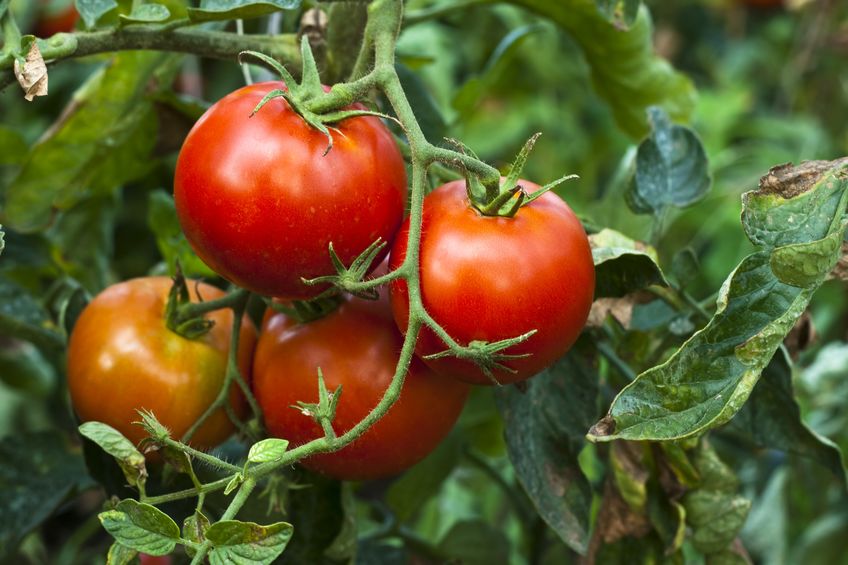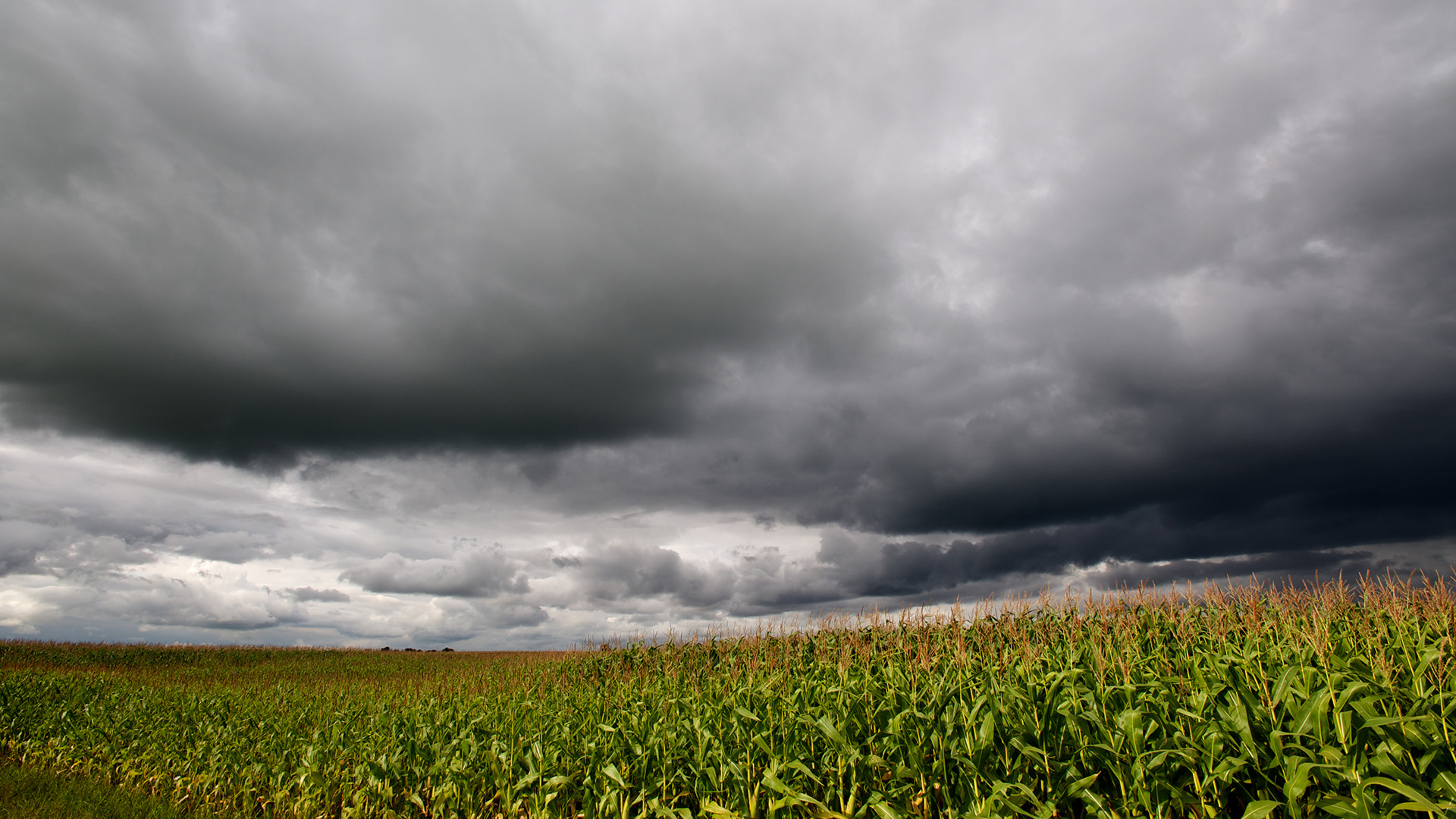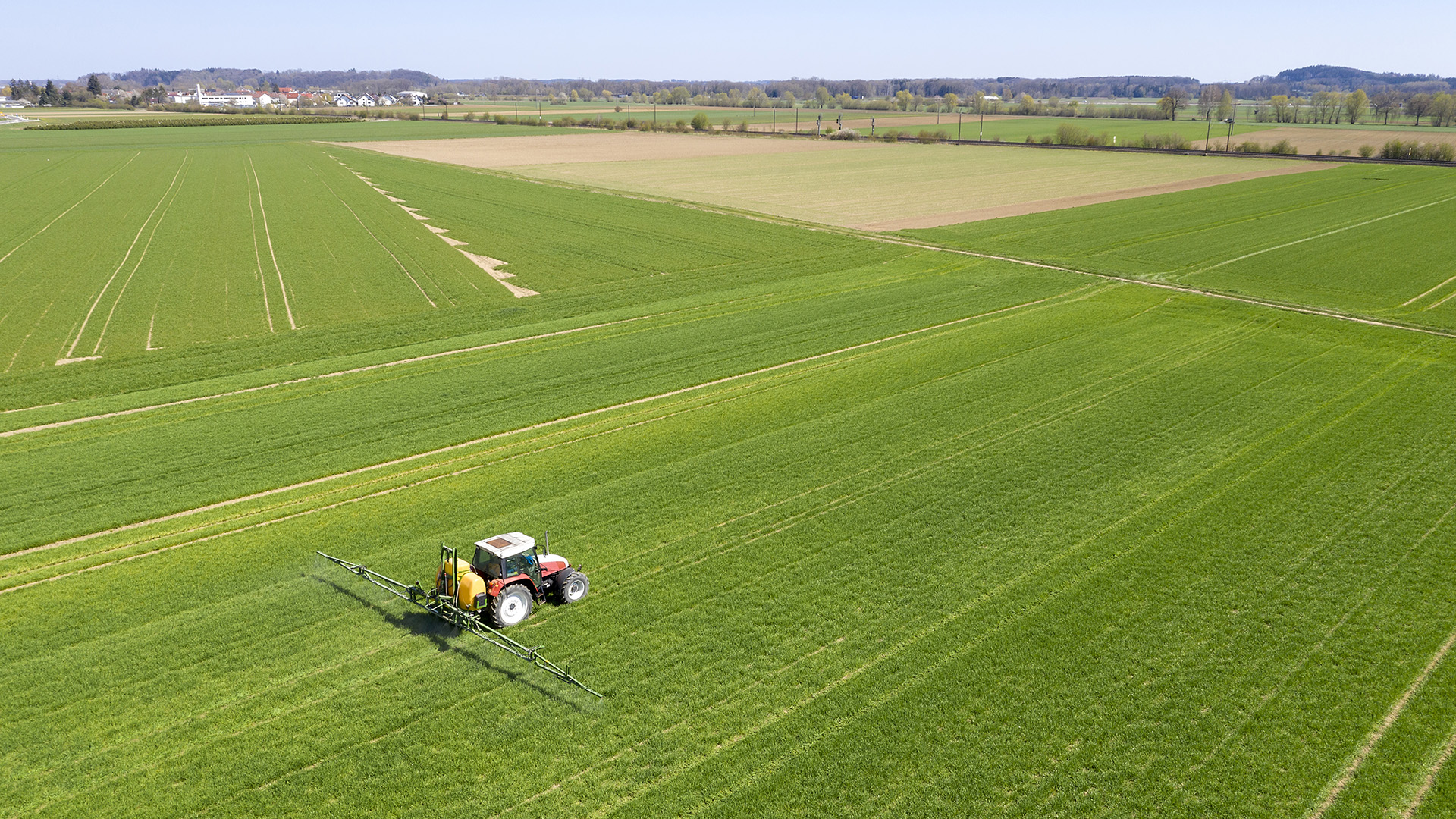If you aren’t growing produce yet, now might be the perfect time to consider it. Large grocery chains, restaurants, and local markets are all seeking fresh, local produce, a trend that is expected to last for many years to come.
How to Transition to Local Produce Growing
If you aren’t a produce farmer yet, there’s still time. Take Michigander Stephen Basore of Basore Farms who left the state of Florida to begin growing produce in Michigan. He spent his first year learning all about crops and the market, and not actually selling anything.
A few of his tips from his year of learning are:
- Know your options.By understanding your crop options based on growing conditions, you’ll have higher quality crops and bigger yields.
- Understand growing conditions.Before produce growing, Basore’s team focused on three things: irrigation, fertility, and crop timing. Plants will grow, behave, and thrive (or not thrive) differently for everyone.
- Do your own research.Thorough research was part of the winning game plan in Basore’s playbook. He reached out to local experts who knew all about irrigation, fertility, and the growing number of new technologies designed to help farmers.
- Be brave and stay curious.Always ask questions, especially of the people who understand the terrain. Don’t be afraid to reach out to others. You’ll need an exhaustive understanding of your state’s food safety and labor issues, which is the next item to tackle on Basore’s list.
Here is Why R&D Will Pay Off
It may seem crazy that Basore didn’t focus any energy on actually growing fruits or vegetables his first year, but there’s a good reason for that.
Take heirloom tomatoes for example. Indiana soil is prime for tomatoes, but beware; they can be tricky to grow. This is why proper research and development can save you time and money.
Heirloom tomatoes typically produce lower yields while requiring more labor. Of the tomatoes that do grow, the heirloom varieties are not as disease resistant as their newer counterparts.
Preventing disease is the number one problem with commercial production of the tomatoes because if part of the crop dies due to illness, the remaining tomatoes will be less flavorful.
By researching and learning about how to graft heirloom tomatoes, you can increase your yields by nearly 50% because the grafting reduces the risk of disease.
You’ll also learn that:
- Diseases that can wreck heirloom tomato crops thrive in moist conditions, so it’s beneficial to grow them where their foliage can stay dry.
- They need extra space for air circulation. The additional airflow will also help prevent or reduce disease.
- Get ready to prune. Heirloom tomatoes need extra care in pruning because they are strong growers. Pruning will allow higher production of the fruit at the top of the plant, and it allows for additional air circulation which will help prevent disease.
- You have to be careful not to overwater the crops because heirloom tomatoes have thin skin, prone to splitting.
Although this isn’t an exhaustive list of best methods in growing heirloom tomatoes, it does highlight the fact that R&D is as crucial as the physical act of planting itself. Restaurants and grocery stores want to shop for local produce, so now is the time to invest your time into local produce growing.
And, when you’re ready, give us a call at 765-676-9666. Wathen Insurance will protect your profits from all the crops you grow.





Recent Comments